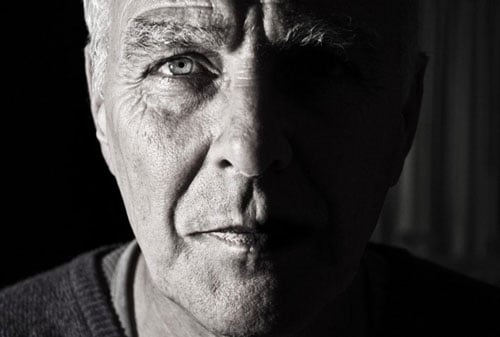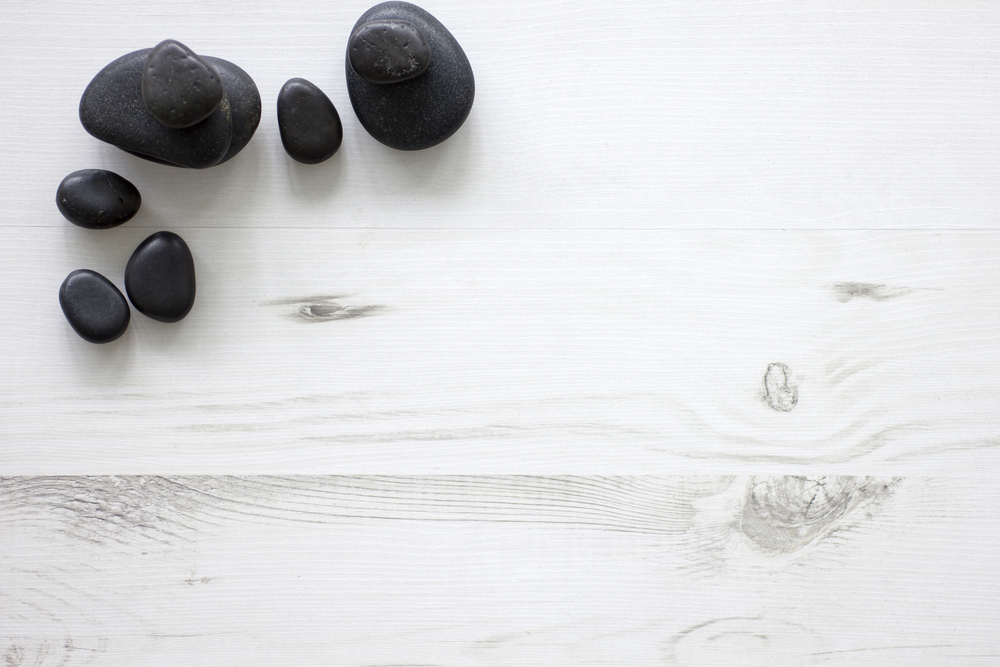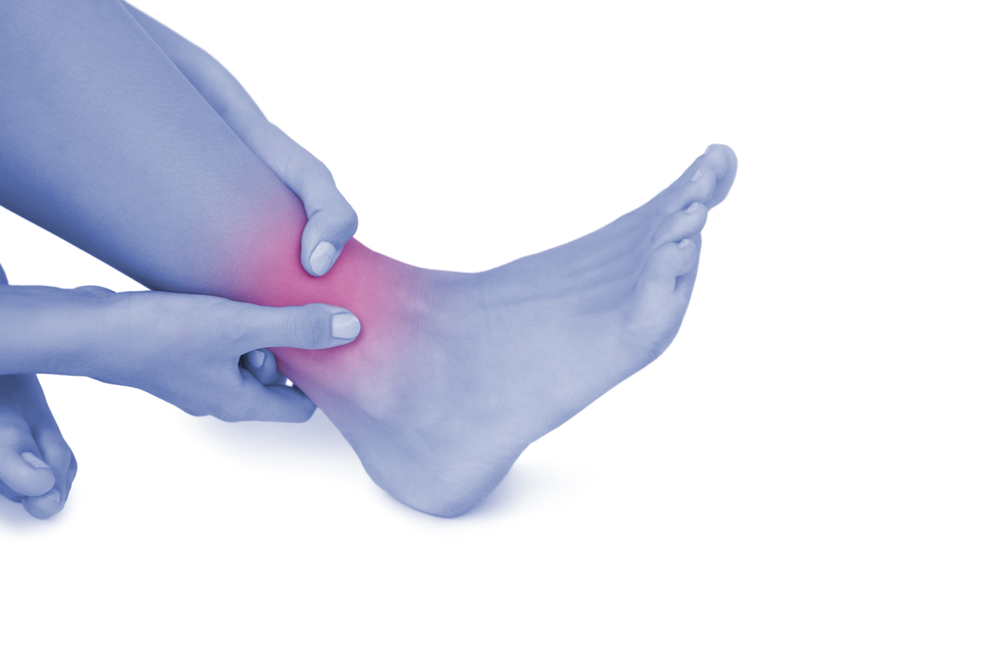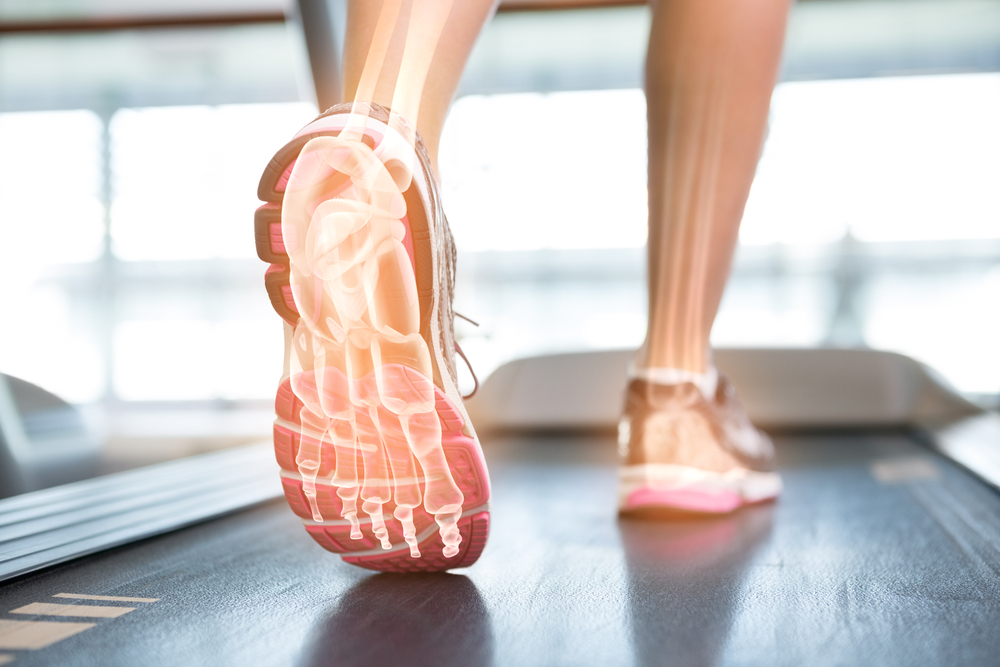
AGING.
That’s a word that strikes fear into almost every individual over the age of 25.
What do you think of when you read the word? Pain? Osteoarthritis? Does your mind wander to a hunched gray-haired individual with a walker? Does it suggest loneliness and inactivity?
What does aging mean to you?
What surprises me is that no matter how old someone is they always wish they were younger. They long to go back to the days before their body started to feel too many years old.
Ask a 25 year old on the soccer field how her legs feel and she wishes she’s 18 again - her ‘glory years’. Ask a 40 year old when they were their best and they wish they could go back to pre-dad bodies. 70 year olds wish they could be 60, and 80 year olds wish they were 70.
No one is satisfied with the age of their body once they start to experience pain, and the first one to blame is Father Time.

What’s wrong with associating pain with age?
Well, the sad truth is that those who associate their pain with age are less likely to find ways to improve it. Age is then viewed as an uncontrollable painful disease, inflicting merciless damage to the victim’s body. Normal parts of the aging process are interpreted as structural defects that need to be fixed to maintain one’s youth: bulging discs, mild osteoarthritis, degenerative disc disease, to name a few.
These defects are then ‘fixed’ through surgeries that are as costly as they are inefficient at solving the problem. Failed Back Surgery Syndrome, for example, is a consequence for an attempted surgical intervention gone wrong.
The MINDSHIFT: Pain and age are NOT directly correlated!
Let’s start by breaking down the association that age and normal aging process is automatically associated with pain. We now know that there are complex interactions at work that regulate pain3 that go beyond simple inflammation and joint irritation. This of course, is a topic for another article. Stay tuned!
Understanding why pain is occurring can be effective in reducing overall pain chronic pain sufferers experience, regardless of age2. Therefore, your first step is to discuss your pain with myself or a trusted healthcare provider well versed in the neurology of the pain experience.
For those self-scholars out there, there are plenty of resources that suggest symptoms like ‘degenerated disc disease’, ‘mild osteoarthritis’ and ‘herniated discs’ are more commonly associated with the normal aging process and are less associated with pain. Brinjikji and his colleagues, for example, found disc degeneration, disc bulging, and disc protrusion in the back increased in people with no pain as they aged1. Their conclusion? “Many imaging based degenerative features are likely part of normal aging and unassociated with pain.” Do changes occur in our bodies as we age? Yes, of course. Do these changes cause pain? Not necessarily.
Is all ‘wear and tear’ associated with age?
There are also changes in the body that we have closely correlated with age, which research is starting to show is not the case. Knee osteoarthritis has doubled within the past century, but was not due to an increase in age or obesity, as initially thought4. It’s suggested that a possible cause for the increase for knee arthritis is associated with changes in lifestyle that occurred in the post-industrial area. One likely culprit would be inactivity.
There are, of course, countless other ways that ‘wear and tear’ can develop, one of which includes abnormal stresses on the body.
So what is causing your body to feel older than it is?
It would be ignorant for me to state that all individuals who feel “old” are struggling with mobility issues. Each individual is dealing with their own ailments and comorbidities. With that said, it would be naive to think, that our sedentary work styles had no effect on how we feel.
Most importantly, we have full control on how our bodies move and respond to the environment around us. The body is a brilliant organism and responds to the stresses placed upon it. That means the constant bed-dweller will lose strength and muscle and the gym rat will gain it.
Will that response be dependent on how old and individual is? Of course. Older individuals will not respond to strength gains nearly as well as their younger counterpart, but they will respond nonetheless.
Find a healthcare provider that you trust to analyze your current conditions and help you move in a safe and effective way. Take your body back.
References:
- Brinjikji, P.H. Luetmer, B. Comstock, B.W. Bresnahan, L.E. Chen, R.A. Deyo, S. Halabi, J.A. Turner, A.L. Avins, K. James, J.T. Wald, D.F. Kallmes, and J.G. Jarvik. Systematic Literature Review of Imaging Features of Spinal Degeneration in Asymptomatic Populations. American Journal of Neuroradiology April 2015, 36 (4) 811-816
- Louw A, Diener I, Butler DS, Puentedura EJ.(2011) The effect of neuroscience education on pain, disability, anxiety, and stress in chronic musculoskeletal pain. Arch Phys Med Rehabil. 92(12):2041-56.
- Melzack, R. Pain and the neuromatrix in the brain (2001). J Dent Educ. 65 (12) 1378-82
- Wallace, IJ, Worthington, S, Felson, DT, Jurmain, RD et. al (2017) Knee osteoarthritis levels have recently doubled in prevalence since the mid-20th century Proceedings of the National Academy of Sciences 201703856; DOI:10.1073/pnas.1703856114
Physical therapy for any age in Columbia and Baltimore, Maryland
If you have pain as you get older reach out to our office today!




